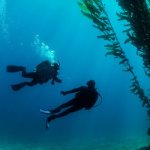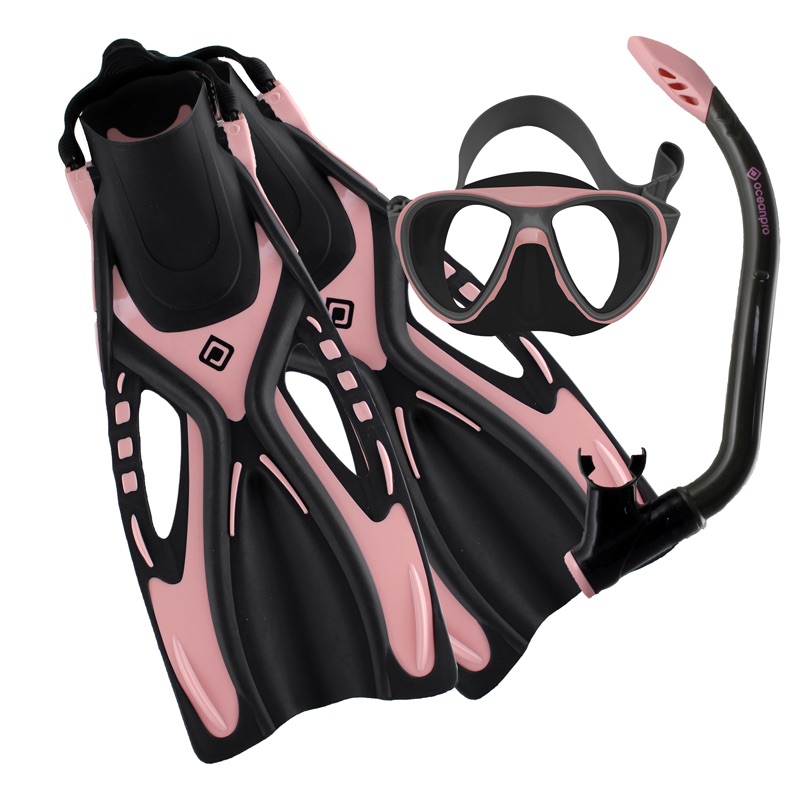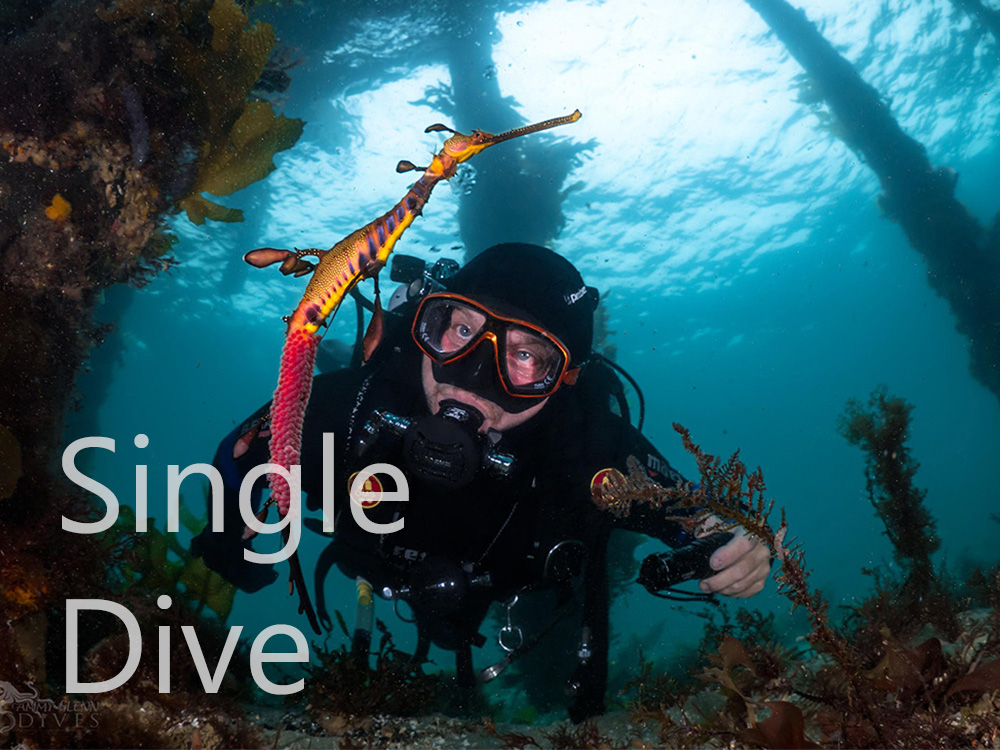Navigation
Tyre Reef
![]() Reef Dive |
Reef Dive | ![]() Boat access
Boat access
![]()
![]()
![]()
Depth: 10 m (33 ft)
In 1973, three tyre reefs were placed on the sand relatively close to the shore on the eastern side of Port Phillip. The reefs consisted of 1,000 tyres tied in bundles of eight, quarry rock, concrete cubes and steel frames. Only this Tyre Reef, off Chelsea, remains intact.
The reef is dominated by red algae, sponges, ascidians, and hydroids. Fish include snapper, ling, boarfish, red mullet, beardie and bearded rock cod, leather jacket, long-finned pike, as well as a number of smaller species. This area is popular with fishermen so beware of fishing lines.
Traditional Owners — This dive site is in the traditional Country of the Boon Wurrung / Bunurong people of the Kulin Nation. This truly ancient Country includes parts of Port Phillip, from the Werribee River in the north-west, down to Wilson's Promontory in the south-east, including the Mornington Peninsula, French Island and Phillip Island, plus Western Port. We wish to acknowledge the Boon Wurrung as Traditional Owners. We pay respect to their Ancestors and their Elders, past, present and emerging. We acknowledge Bunjil the Creator Spirit of this beautiful land, who travels as an eagle, and Waarn, who protects the waterways and travels as a crow, and thank them for continuing to watch over this Country today and beyond.
Tyre Reef Location Map
Latitude: 38° 3.077′ S (38.051283° S / 38° 3′ 4.62″ S)
Longitude: 145° 4.722′ E (145.0787° E / 145° 4′ 43.32″ E)
Datum: WGS84 |
Google Map
Added: 2012-07-22 09:00:00 GMT, Last updated: 2021-05-15 08:52:21 GMT
Source: GPS
Nearest Neighbour: Aspendale Rec Reef, 1,692 m, bearing 354°, N
Depth: 10 m.
[ Top ]
DISCLAIMER: No claim is made by The Scuba Doctor as to the accuracy of the dive site coordinates listed here. Should anyone decide to use these GPS marks to locate and dive on a site, they do so entirely at their own risk. Always verify against other sources.
The marks come from numerous sources including commercial operators, independent dive clubs, reference works, and active divers. Some are known to be accurate, while others may not be. Some GPS marks may even have come from maps using the AGD66 datum, and thus may need be converted to the WGS84 datum. To distinguish between the possible accuracy of the dive site marks, we've tried to give each mark a source of GPS, Google Earth, or unknown.
Copyright © 2005-2022 by The Scuba Doctor Australia, ABN 88 116 755 170. All rights reserved.
tel. +61 3 5985 1700 :: email. diveshop@scubadoctor.com.au :: Web site by it'sTechnical 2022


















![Halcyon Infinity 30lb System [SS Small Backplate] Halcyon Infinity 30lb System [SS Small Backplate]](/diveshop/images/halcyon/Halcyon-Evolve-Wing.jpg)


















































































































